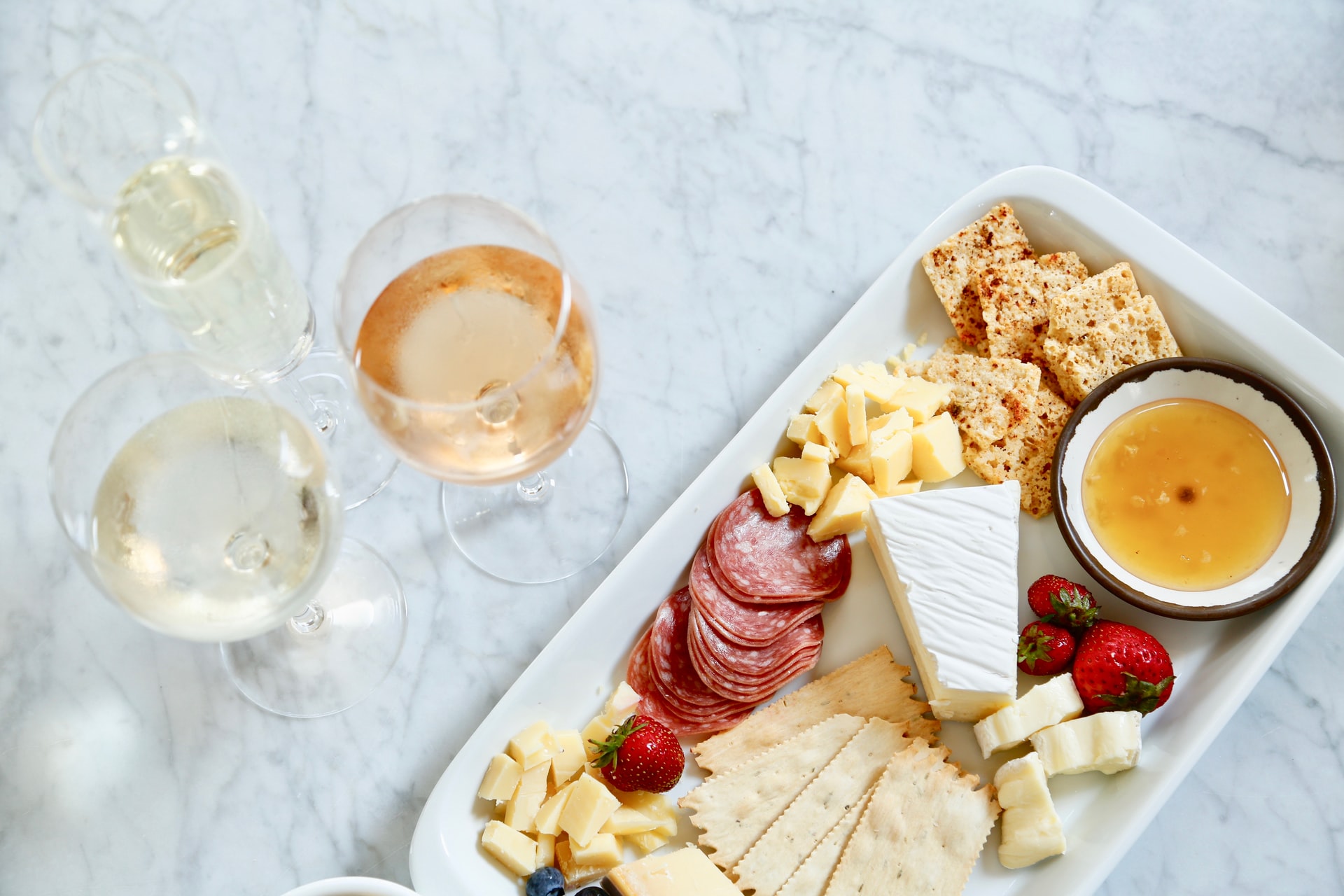Get to Know Grenache and Garnacha
by David Klemt

There aren’t as many wine holidays in September as there are in August but this month we celebrate International Grenache Day.
This year, International Grenacha Day falls on September 16, a Friday. That’s excellent for operators: You can lure guests in with a wine promotion to kick off their weekend.
Of course, it will help you and your front-of-house team to know about Grenache ahead of this holiday. After all, the best way to remove wine-timidation and upsell guests is by sharing interesting information.
To that end you’ll find pertinent information about Grenache that will help you and your team succeed with this red wine.
Grenache 101
Reiterating a crucial detail from above, Grenache is a red wine varietal. Additionally, it’s one of the most widely grown grapes in the world.
You’ll find vineyards growing Grenache in:
- Spain
- France
- Italy
- Australia
- USA
- Rumors indicate a presence in China as well.
Now, you may be more familiar with another name for this varietal: Garnacha. Interestingly, it’s also known as Garnatxa in Spain. As an aside, many experts believe that’s Grenache’s country of origin.
For the most part, Grenache is a still red. However, you can find rosé and sparkling bottles as well. Grenache (or Garnacha) also has a tendency to find its way into red wine blends. Most often this is to add body and sweeten a blend’s flavor profile. There’s also Grenache Blanc, and there are fortified wines that use Grenache for sweetness.
In short, Grenache’s defining characteristics are:
- Medium body and acidity.
- Medium to high ABV.
- Lighter in color than some other reds.
- Smoke, tobacco and herbal notes in Old World versions.
- Candied fruit, strawberry, raspberry, and black cherry in New World versions.
- Some people detect a note of blood orange.
Succeeding with Grenache
Now, you and I both know that it won’t be enough to just throw some Grenache or Garnacha on your menu. You’ll have to make more of an effort than than.
However, it is wise to add or otherwise bottles to your menu. Equally as smart is creating a specialty LTO menu with three to four Grenache wines by the glass. Of course, bottle purchase prices should be listed as well.
With your by-the-glass and bottle LTO done, you can move to food. As you know, guests love a pairing, particularly with wine.
Below are some of the best Grenache and Garnacha food pairings:
- Grilled meats
- Roasted potatoes
- Roasted vegetables
- Garlic and herb French fries
- Spicy dishes
- Goat, Emmental, Camembert, Gruyère, and Colby Jack cheeses
- Pastas in a red sauce with cheese
So, this is an excellent holiday to wow with barbecue foods or hearty Italian dishes. Oh, and never forget the cheese on a wine holiday.
Happy International Grenache Day!
Image: Helena Lopes on Unsplash


